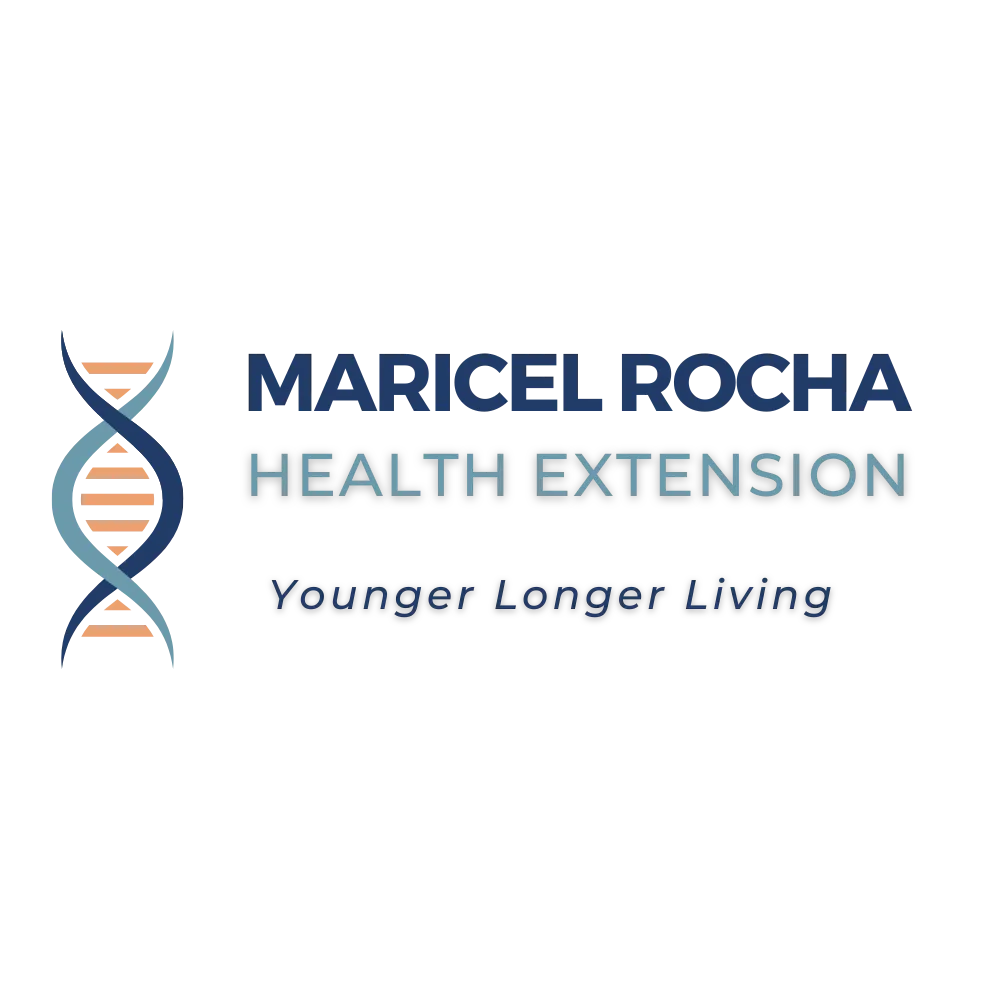
When Your Body’s Operating System Glitches: How Gut Health Fuels Aging—and What to Do About It
When the System Freezes
You know the feeling: You're cruising through your workday, juggling emails and meetings, or in the middle of a high-stakes Zoom call when suddenly your computer freezes. It’s not the software—it’s the operating system. Everything slows down. Programs misfire. And you can't seem to get anything done.
Now imagine the same thing happening inside your body. Brain fog. Digestive issues. Low energy. Unexplained weight gain. These aren’t random glitches—they're signs your gut microbiome, the invisible operating system of your body, might be struggling.
The Gut: Your Body's Operating System
Your gut microbiome is home to trillions of microorganisms that orchestrate your biology. This microscopic ecosystem influences everything from how you digest food and absorb nutrients to how you regulate inflammation, manage your weight, and even feel emotionally.
The microbiome acts as a central hub—a command center quietly coordinating your immune responses, your metabolism, your brain chemistry, and your body's detox systems. When this system is functioning well, you feel energized, clear-headed, and balanced. But when it goes off-kilter, your entire system can crash.
System Overload: What Disrupts the Microbiome
Modern life can wreak havoc on this operating system. Common disruptors include:
Overuse of antibiotics
Ultra-processed, low-fiber diets
Poor sleep and chronic stress
Exposure to toxins and endocrine disruptors
Sedentary lifestyles
These factors chip away at microbial diversity, increase harmful bacteria, and weaken the gut lining. The results ripple outward through your Gut-Health Axis, contributing to dysfunctions like:
Brain fog and mood disorders
Obesity, insulin resistance, and type 2 diabetes
Non-alcoholic fatty liver disease (NAFLD)
Hypertension and atherosclerosis
Autoimmune issues and chronic inflammation
Skin disorders like eczema
Digestive diseases including IBS, IBD, and SIBO
Reduced absorption of nutrients and altered drug metabolism
Increased antibiotic resistance
Reboot and Reinforce: How to Restore Your Gut OS
The good news? You can take back control—and it starts with personalized insight.
Run a Diagnostic: GutID Testing
GutID provides a comprehensive analysis of your microbiome’s makeup: its diversity, resilience, and activity. It can identify inflammatory markers, digestive function, and microbial imbalances that affect your brain, metabolism, and immune system.
Recode with Food and Lifestyle
Depending on your GutID results, you can tailor your diet to promote the growth of beneficial bacteria:
Increase specific fibers like inulin, pectin, or resistant starch to feed the species you need.
Reduce foods that promote pathogenic overgrowth, like refined sugars and processed additives.
Add the Right Biotics
Prebiotics: Fiber-rich foods like garlic, leeks, artichokes, and green bananas that feed good bacteria.
Probiotics: Live microorganisms from fermented foods like kefir, yogurt, sauerkraut, and kimchi.
Postbiotics: Metabolites like butyrate, acetate, and propionate, produced by gut bacteria and essential for reducing inflammation and protecting your gut lining.

Why This Matters: Gut Health and Your Healthspan
Your gut doesn’t just affect how you digest—it shapes how you age, perform, think, and heal. Supporting your gut microbiome is one of the most powerful ways to extend your healthspan.
When your gut thrives, your body's systems do too. That means sharper cognition, stronger immunity, more balanced metabolism, and a greater resilience to chronic disease.
Take the First Step: Optimize with Confidence
If you're ready to stop guessing and start optimizing, GutID gives you a map. Use our exclusive 15% discount to get started. Want guidance? I offer one-on-one sessions to help you interpret your results and build a custom Gut Optimization Plan that supports your unique biology and long-term vitality.
Choose your starting point:
A healthier gut isn’t a mystery. It’s measurable. It’s modifiable. And it’s your key to a longer, more vibrant life.
References:
1- Greger, M. How Not to Age. 2023.
2- Means, C. Good Energy. 2024.
3- Aronića, L. et al., on gene-environment interaction and diet (Nature Reviews Genetics, 2021).

